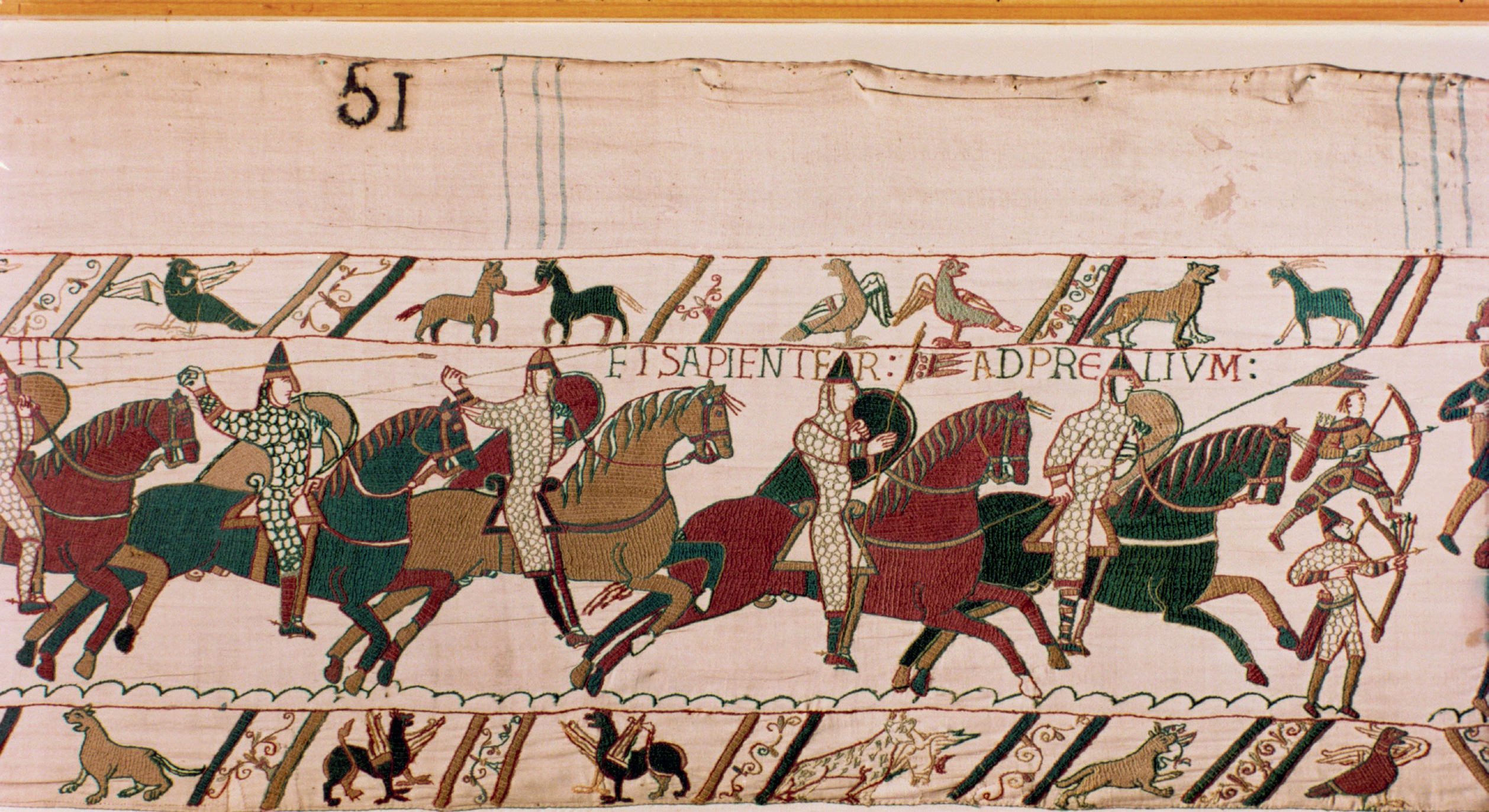
The three great battles fought in 1066 are remarkable because their outcome marked a watershed in English history — the end of the Anglo-Saxon era and the start of the Norman period. Such an intense year of conflict arose from the death of King Edward the Confessor early in 1066. He died childless, and with the royal or ducal families of England, Norway, Denmark, Scotland and Normandy intertwined over several generations, there were numerous potential claimants — to several of which Edward had apparently promised the succession at different times.
These battles are also remarkable because of the variety of tactics and weaponry used by the various armies involved. Some of the armies relied on simple and horrifying brute force, while others had evolved tactics of real sophistication.
Your organisation does not have access to this article.
Sign up today to give your students the edge they need to achieve their best grades with subject expertise
Subscribe




